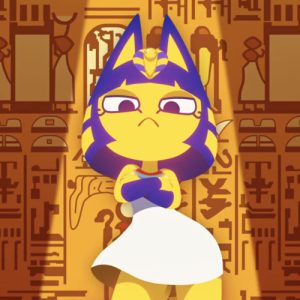Simple Understanding to Lughat ul Quran
In Islam, it is critical that we establish a relationship with the Holy Quran (Lughat ul Quran) (the Last Book). We must not only read the Holy Quran, but also comprehend its content, Lughat ul Quran Translation, Arabic Grammer, Tajweed regulations, and Allah Almighty’s advice included within it. Reading the translation in one’s native tongue during the early stages of our study of the Holy Quran is recommended (Arabic Language). However, as Muslims, one of the most significant goals in our lives should be to understand the Quran’s language. (Arabic language, Arabic grammar) If you’re trying to learn Arabic online, you’ve definitely heard both Quranic and Modern Standard Arabic. Why do most Arabic language institutions provide courses in both Arabic and Quran grammar (Lughat ul Quran)? What is the difference between the two (the Quran and the Arabic MNSA) and which should you study first? To find out, keep reading.
You may also like to learn about; Online Quran classes for kids.
What does the Lughatul Quran teach?
- The fundamentals of Arabic grammar
- Arabic speaking activities on a daily basis
- Word-for-word interpretations of verses from the Holy Quran
- The context in which the Holy Quran’s passages were revealed
Quran Arabic (Lughat ul Quran)
Is this the Arabic script used in the Holy Quran (Allah’s Holy Book)? Classical Arabic is another name for Quranic Arabic. Because the Quran was written in the 6th century A.D., the language will differ slightly from that of today’s Arabic. Dear Sir or Madam, What is the difference between the Holy Quranic and modern standard versions of Arabic in terms of Arabic grammar (Lughat ul Quran-Noun, Verb, and Basic Rules of Arabic) and punctuation words?
In Classical Arabic (or Quranic Arabic)
To indicate accurate pronunciation, Tajweed Rules and Waqaf Riles, Qirat, and to add emphasized effects to Quran words by Words, such as pauses between all words, special symbols are utilized. These written Arabic symbols are nearly solely employed in the Holy Quran’s oral recitation. Most Arabic speakers will be familiar with both Quranic Arabic (Tajweed Rules, Grammer, Waqaf, and Qirat Rules) and Modern Standard Arabic (Tajweed Rules, Grammer, Waqaf, and Qirat Rules). Other non-Arabic speakers, on the other hand, were unaware of the necessary rules. Hire a Female Quran Teacher.
MSA and Quaranic Arabic: What’s the Difference?
The format in which Modern Standard Arabic (Arabic study Books PDF) and Quranic Arabic are presented is the difference. In literature and writing, Quranic Arabic (classical) is more frequent, but Modern Standard Arabic is more common spoken. Because they are nearly identical with a few exceptions, most Arabs can be taught one and rapidly pick up the other. Because both varieties of Arabic are so similar, you’ll be able to learn the other fast once you’ve mastered one.
The Five Branches of Classical Arabic Grammar are as follows:
- Al-Lughah Lexicon (Al-Lughah)
This is about the definition and explanation of Arabic Vocabulary.
- Morphology (Al-Tarf or Ilm us Sarf)
Is the study of the shape of words. (Etymology is another term for this.)
- Syntax (An-Naw)
It’s all about inflection, yet it’s lost in the spoken Arabic language among Arabs. When learning to speak Arabic in an academic setting, however, you must study it.
- Derivation (Al-Ishtiqāq الاشتقاق )
It is the study of the origin of the words
- Rhetoric (Al-Balghah)
Is the study of the quality of sentence formation
Conclusion
It is critical that we establish a relationship with the Quran. We must not only read the Quran, but also comprehend Allah’s (swt) counsel contained within it. Reading the Quran translation in one’s native tongue is acceptable in the early stages of our study of the Quran. However, as Muslims, one of the most significant goals in our lives should be to understand the Quran’s language.
Share this content:













